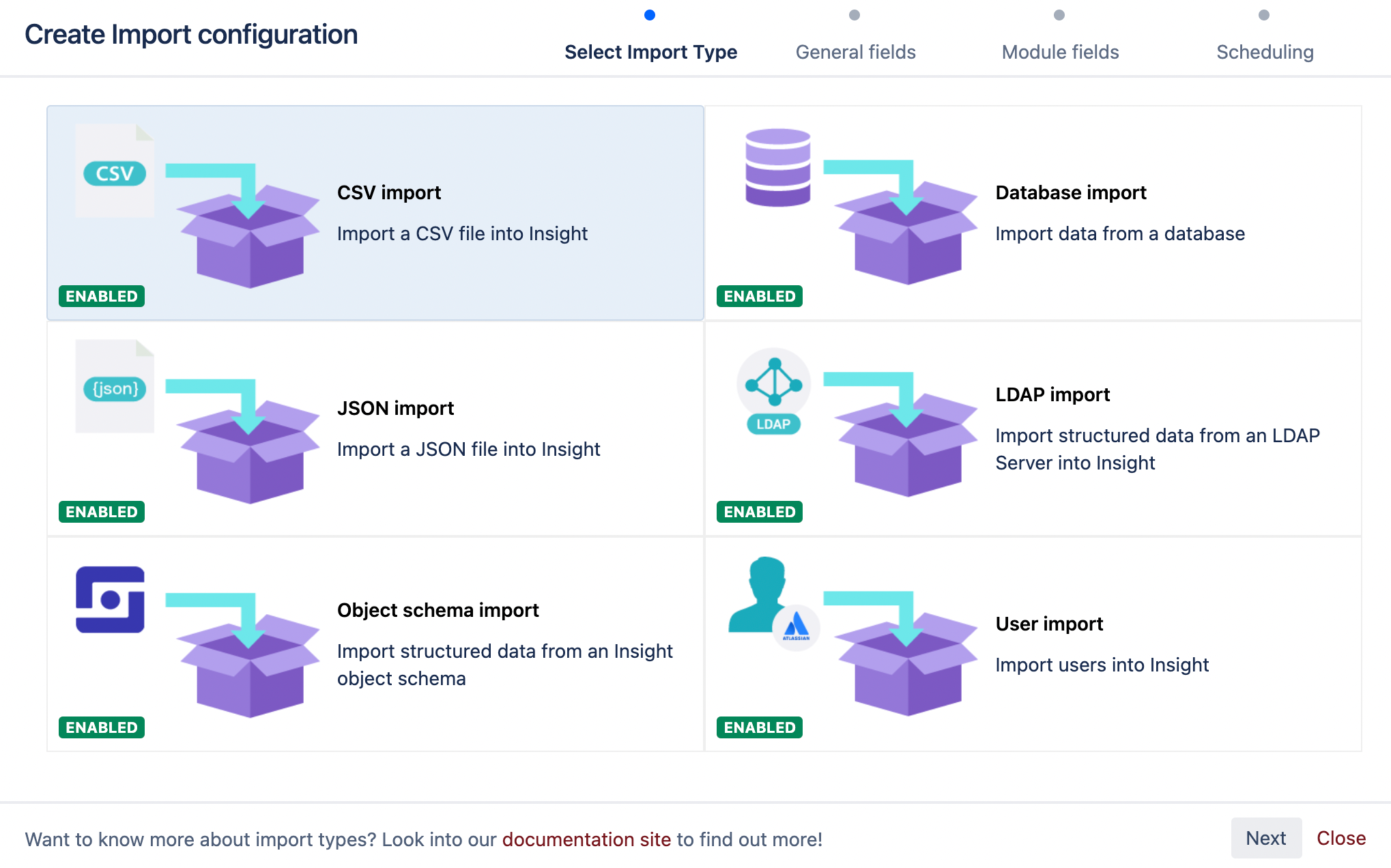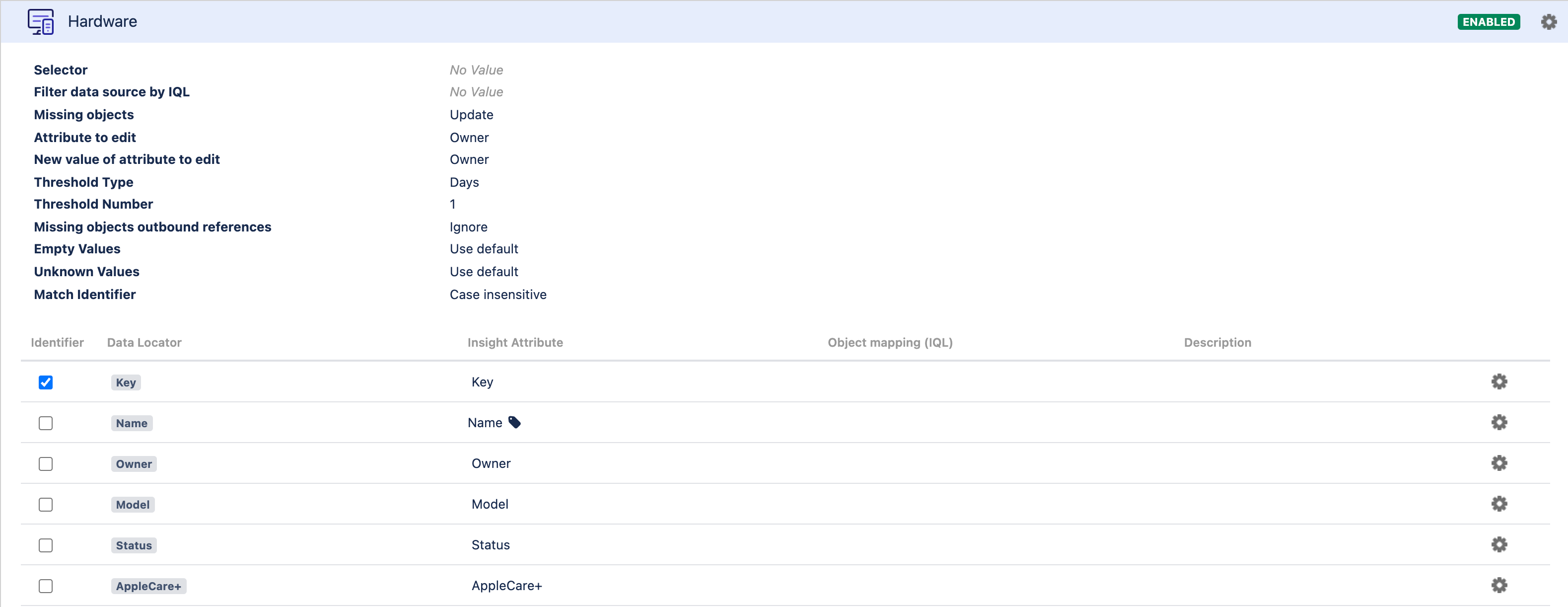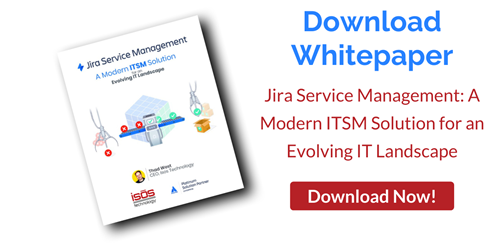
Ever since my adventure at Isos Technology began back in April, I've wanted a better solution for asset tracking. In IT, we all love .CSV files, but as organizations grow and hardware gets upgraded, it becomes an ever-expanding task to keep track of existing assets while provisioning new gear. That's where Atlassian Insight comes in! Today I'm going to cover just the tip of the iceberg of what Insight can do for your organization, and how the People Ops department at Isos is using it today.
The Problem with .CSV Files
Before we started using Insight at Isos, a lot of our assets were tracked in a meticulous spreadsheet that was periodically updated by upper management. Previously, I had to pull all of my asset information into this spreadsheet, as well as into a very large table in Confluence. This worked great as a temporary solution, but, as a long-term solution, definitely left much to be desired.
Take AppleCare+, for example. I would come up with some script that would parse a .CSV file and looks for dates that expired in a certain number of days, but this left me at the mercy of whatever machine the script was running on. As a largely SaaS organization, that's not ideal. What I really needed was a solution that's customizable and automates tasks, like generating tickets for upcoming hardware expiration. Insight is that solution.
Implementing Atlassian Insight
When I started my Insight plan, I wanted to make sure that I would be able to leverage my already-existing asset trackers so that I wouldn't have to manually recreate everything. This is what's great about Insight. There are several options within Insight to import data. They allow everything from .CSVs, database import, JSON, LDAP, and more.

After I decided to work with .CSV, it was just a matter of selecting a configuration name, the data I wanted to import or ignore (such as how to handle empty values), the file (.CSV) I wanted to import for this specific job, and the account I wanted the import configuration to run as. Then, I was left with a disabled import configuration that I could continue to edit as needed.
Pictured below are a few screenshots of example configurations. If the system doesn't pick it up, you can manually associate headers in your .CSV with the created assets you made within Insight.
Pro tip: It's very easy to move objects within Insight. If you already have assets within your schema, I would recommend importing assets into a test object type, then moving the items over.


A lot of my initial deployment was based on trial and error. As you work within Insight, you'll start to understand the nuance of the software. Importing items on top of already-imported items (duplicates) was a lesson I had to learn the hard way. Fortunately, as I mentioned above, it's very easy to delete and move items. I would also recommend reading VERY closely when deleting objects. The ability to delete a specific object instead of the entire object type is easy to do.
Another recommendation, depending on your implementation, is to decide on ALL the attribute values at the parent object. Within Insight, it's a click of a button to copy the parent attributes to a sub-object. Pictured below is an example with a blank object with no attributes and the "add parent attributes" button.

After Insight: Better Quality of Life!
Deploying Insight here at Isos has changed my life for the better! Plus, Insight automation takes manual and menial tasks and makes them a thing of the past. Having a one-stop shop for tracking laptops, desktops, and even licensing has made asset management so much simpler. A great example is the automation rule I have set up to generate Jira tickets. When a laptop has an upcoming expiration with AppleCare+ within 90 days, I now receive a ticket automatically that allows me to get ahead of any repairs that might be needed before AC+ expires.
What's Next?
Insight allows for very granular configuration, and organizations can customize it for their own specific needs and requirements. This makes it a great tool for businesses of all sizes. I plan on expanding on imports, assets, automation, and more in upcoming blogs. Please stay tuned for a deeper dive into Atlassian Insight and how it can aid your organization.
Sign up to receive more great content
Learn more about Atlassian and how Isos can help by signing up to receive our latest blogs, eBooks, whitepapers and more.














